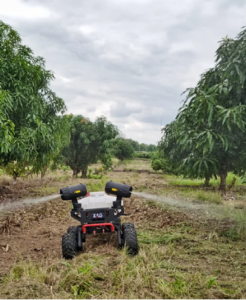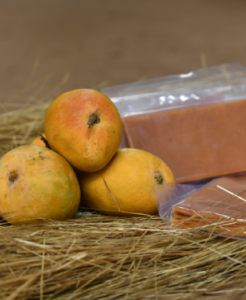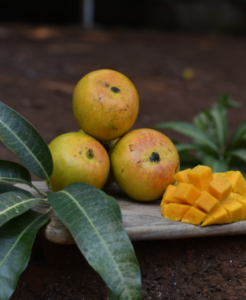The use of Alphonso mango peel, while less common than consuming the flesh, can still offer several practical applications and benefits:
Nutrient-Rich Powder: Dried and powdered Alphonso mango peel can be used as a nutritional supplement. It contains significant amounts of dietary fiber, vitamins (such as vitamin C and A), and antioxidants. This powder can be added to smoothies, yogurt, or baked goods to boost their nutritional value.
Natural Dye: The peel can be used as a natural dye in food preparations. It imparts a yellow-orange hue and can be used to color sauces, desserts, or beverages naturally, avoiding artificial food coloring.
Flavoring Agent: In some culinary traditions, mango peel is used to infuse dishes with a subtle mango flavor. For instance, it can be added to jams, chutneys, or marinades to enhance the taste.
Composting: Mango peel is biodegradable and rich in organic matter. It can be composted to enrich soil fertility and improve moisture retention in gardens or agricultural fields.
Skin Care: The peel contains antioxidants and vitamins that can benefit the skin. Some skincare products may incorporate mango peel extracts for their moisturizing and antioxidant properties.
Animal Feed: In agricultural settings, mango peel can be used as supplementary feed for livestock, providing fiber and nutrients.
Environmental Applications: Mango peel has been explored for its potential as a biosorbent in environmental cleanup efforts. Its high cellulose content makes it suitable for absorbing pollutants from wastewater or industrial effluents.
While the primary focus is often on the flesh of Alphonso mangoes due to its delicious taste and nutritional benefits, the peel offers various secondary uses that can contribute to sustainable practices and innovative applications in different industries.













